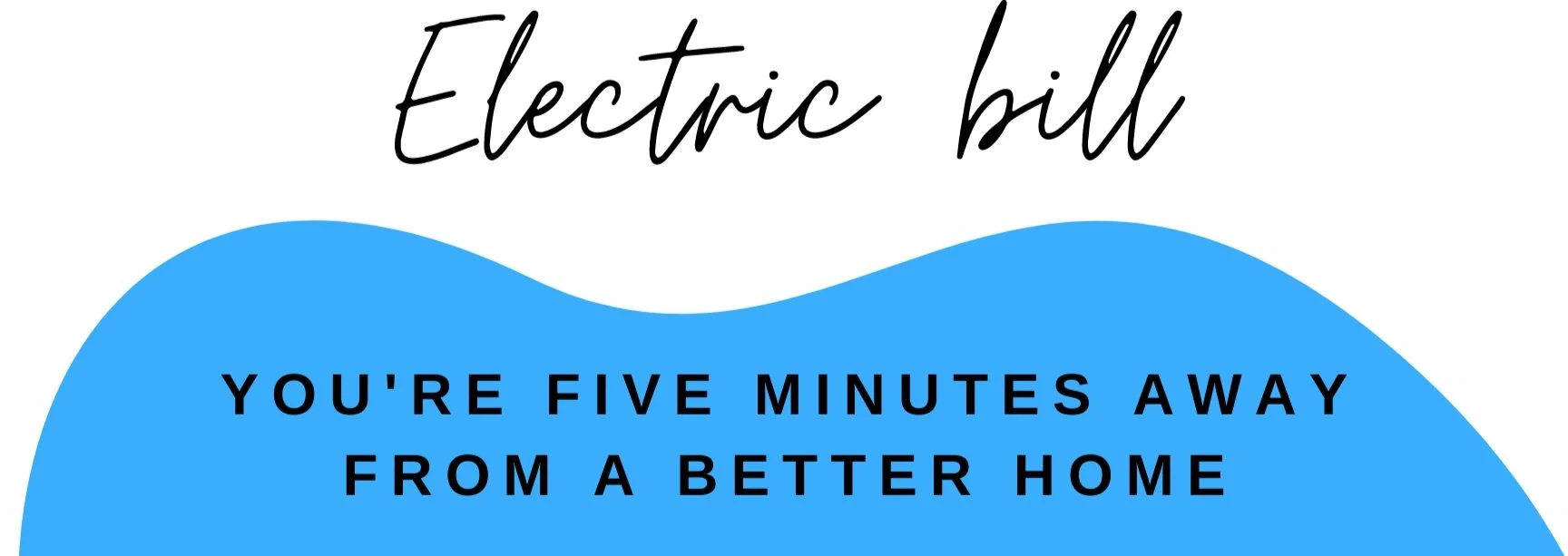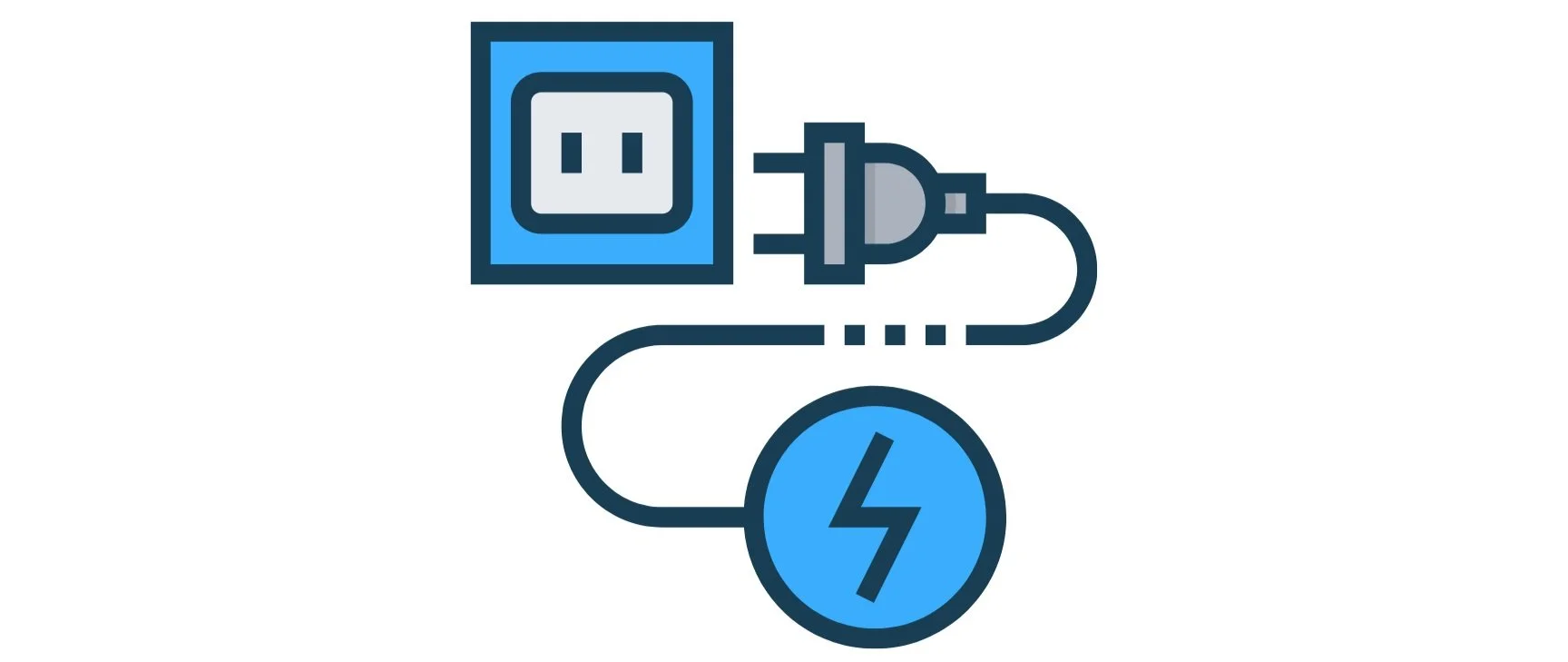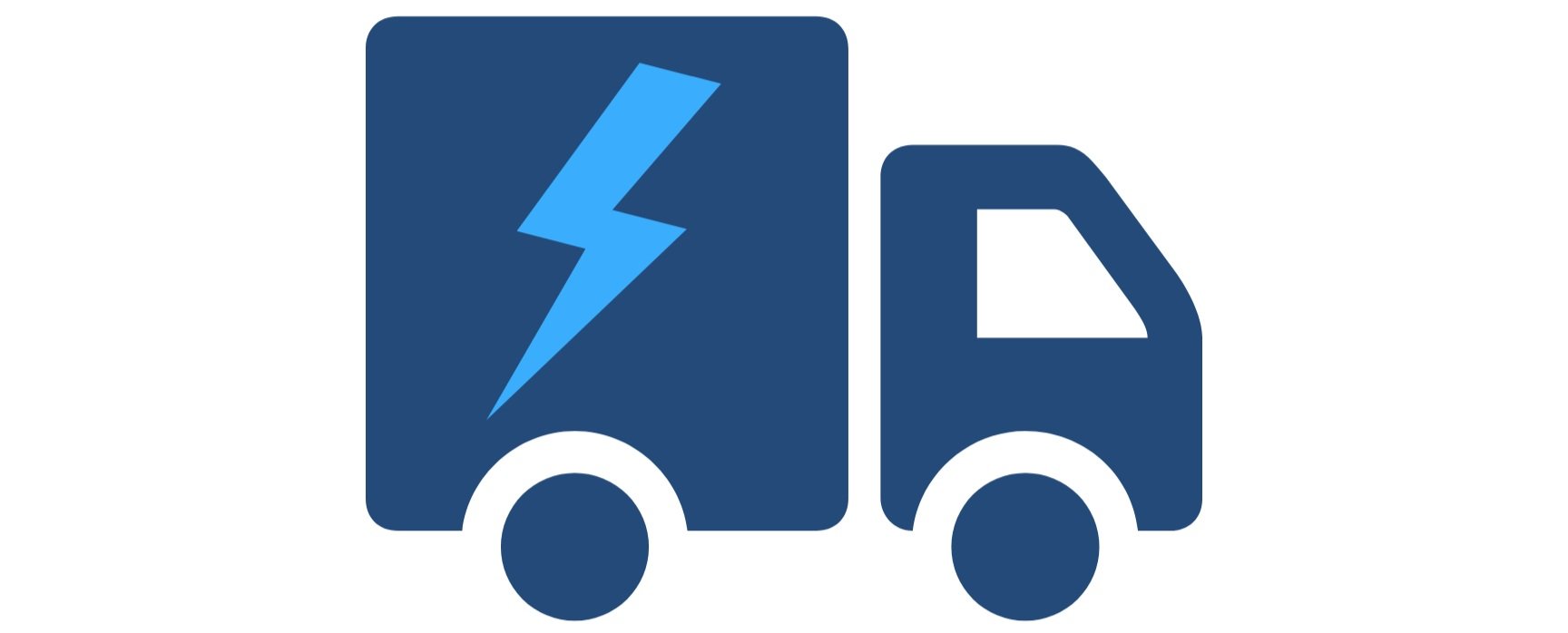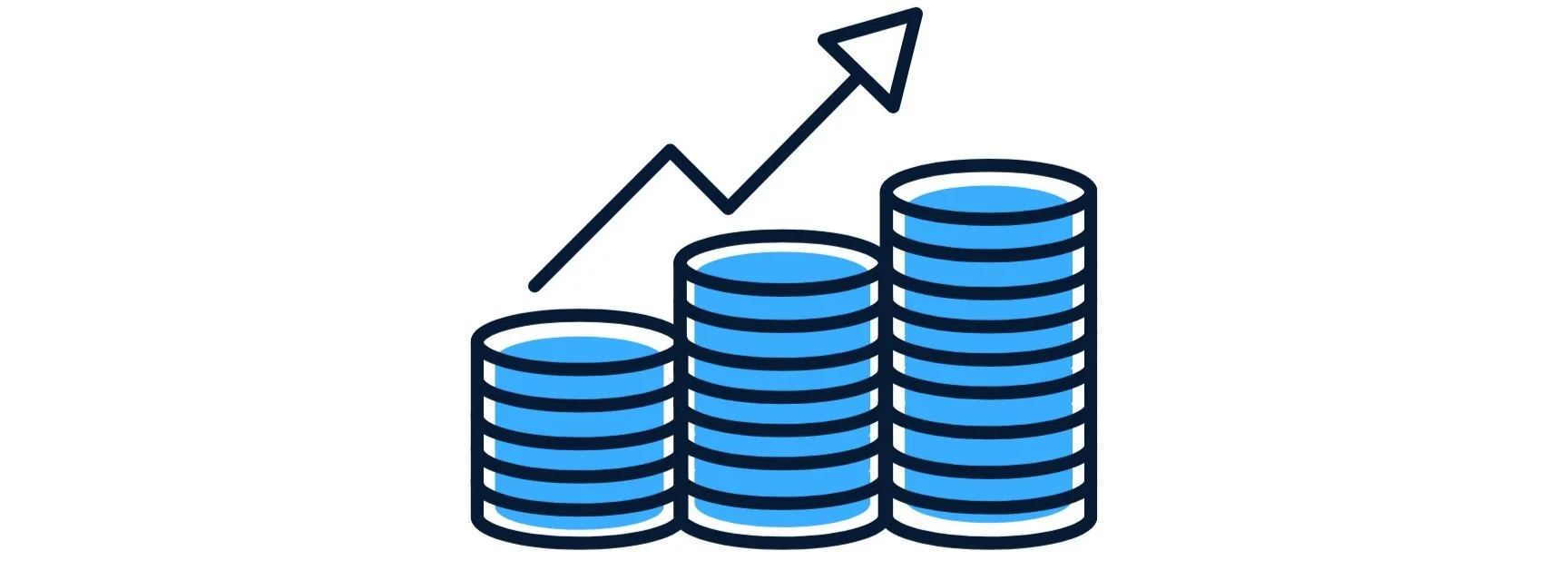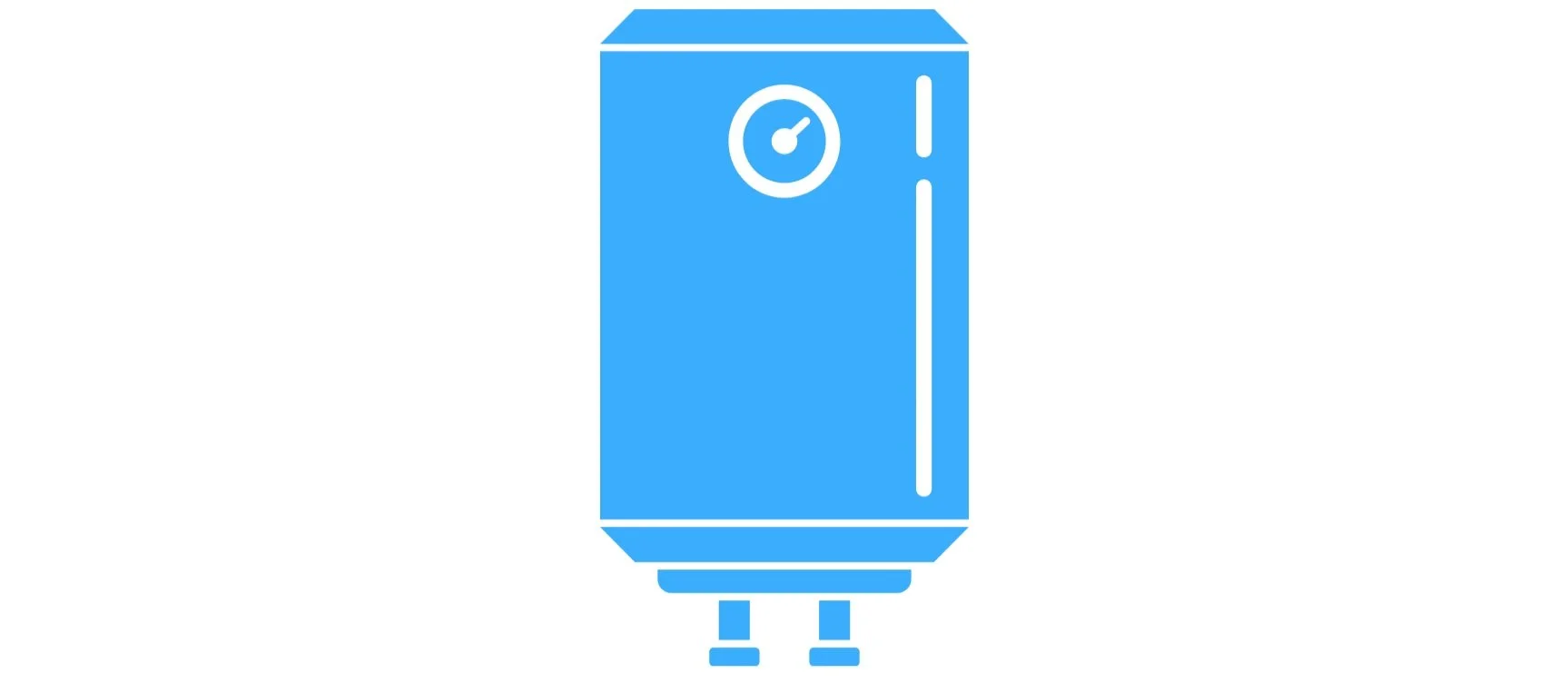Electric bill
Are you shocked and confused when you receive your electric bill? If so, you’re not alone. They seem a mile long and filled with confounding charges and fees.
Most of us just grump a little bit before moving on and paying. Today we want to take a few minutes to help you better understand your bill and then figure out a plan to help you lower your costs.
UNDERSTANDING YOUR BILL
Billing structures can vary widely based on your state regulations, but generally, power bills include three parts: your consumption, a delivery charge or transmission fee, and other fees. Here are what these things mean.
YOUR CONSUMPTION
On your bill, you will be able to see how much electricity that you used for the month. It will be listed in kilo-watt hours (kWh). This is one area where you can exert some control over your bill. The fewer hours that you use, the less money that you will pay. We’ll tackle some ways to reduce this below.
Your electric company will multiply the number of kWh that you used over the month times the rate that they are charging for those kWh. This is also where things can vary widely.
Depending on your billing structure, you may have:
a fixed rate where you’re charged the same amount no matter how many kWh you use
a tiered rate where you’re charged more for increasing usage
a variable rate that changes based on the season or how much energy is used
a time-of-use rate with higher charges during busier hours
a demand rate where added charges occur on your bill if you consume a lot of power when others are too
The rate that your utility company charges may change several times per year based on demand, cost to produce power, and other factors. On your bill, you will be able to see the current rate that they charged you. You should also be able to find future rate changes on the utility’s website or by calling them.
Depending on where you live, you may have options for selecting different power companies even if it’s not your local one. If so, you can shop around to see if you can save with a different provider. Some power companies also offer the option to pay more to consume power from renewable energy sources.
POWER UP
You may notice that a significant portion of your bill goes toward an electricity delivery charge or transmission fee. This money is used for the maintenance and upkeep of the power lines and associated equipment in your area and the cost to deliver power from the substation to your home. This is generally a fixed rate fee, but that depends on your utility’s billing structure.
BILLS BILLS BILLS
The fee portion of your bill is typically the most confusing portion of your bill. This is where often small charges are tacked on, but they can really add up.
While the types and amount of these charges are unique to your electric company, typically you will see fees for things like administrative costs to cover overhead, a renewable energy charge to help fund larger green energy projects in your state or region, and storm recovery fees among many other possible things.
WAYS TO SAVE
You probably already know that you should turn the lights off when you leave a room, but what else can you do to lower your bills? Here are a few ideas!
WHAT TIME IS IT
One of the easiest ways that you can save money is to find out if your utility company offers cheaper rates during off peak times. In many areas, off peak times during the summer are from 11 p.m. to 7 a.m. and winter from 9 p.m. to 7 a.m.
To save money while not inconveniencing yourself, use high load appliances during this time by running your dishwasher in the evening or early morning. Start a load of clothing before heading to sleep and throw it in the dryer in the morning before you hop in the shower. If you have an electric car, plug it in overnight instead of after work. These easy habits can yield savings!
GHOST POWER
Is your bank account being haunted by your electric charges for phantom power usage? Phantom power is the draw from things that are plugged in but are not currently being used. While some of these things are necessities, consumer electronics account for slightly more than half of all wasted energy draw.
To save on energy cost, unplug items or use power strips to turn off things not currently in use like the TV in your guest room. Unplug your laptop and phone once fully charged. If you have a printer that rarely gets used, unplug it until it’s time to print those recipes from Pinterest. Your bank account will thank you.
IN HOT WATER
You may be shocked to learn that hot water is the second-largest energy expense for most homes. While most of us are unwilling to take cold showers, there are ways to lower your electric bill without sacrificing comfort.
One of the easiest ways is to lower your water heater setting to 120 degrees. If you find that this is too chilly for your liking then adjust it up until you find a lower setting that works for you. When you go out of town for longer than a weekend, turn your water heater to the lowest setting possible to conserve energy.
Be sure to use the cold setting when you wash your clothes. Most laundry detergents work as designed without hot water — just check the label to be sure.
KEEP COOL
Your refrigerator and freezer is a necessity for your home but can cost a lot to run. Checking your fridge’s seal and cleaning the coils are two quick and easy home maintenance tasks that can pack back in savings.
If you have an extra freezer in your garage to stock up on sale items and allow you to meal prep, be sure to keep it full to lower the cost to keep it on. A full freezer insulates your appliance better. If you don’t have plans to do a major shop any time soon, you can freeze jugs of water to help take up space. Just be sure to leave a few inches of space at the top to allow for expansion.
SAVE WITH THE SUN
While there are often sizable upfront costs that come along with converting your home to solar power, it goes hand in hand with significant long-term savings. If you are serious about lowering your electric bills and making an environmental impact, this could be the right choice for you. A solar-powered home is also attractive to possible buyers, increasing the value of a home by $15,000 on average.
If this is an electricity-saving option that you would like to explore, we can connect you with solar professionals in your area to receive a quote. Just leave us a note that you’re interested in a solar quote!


